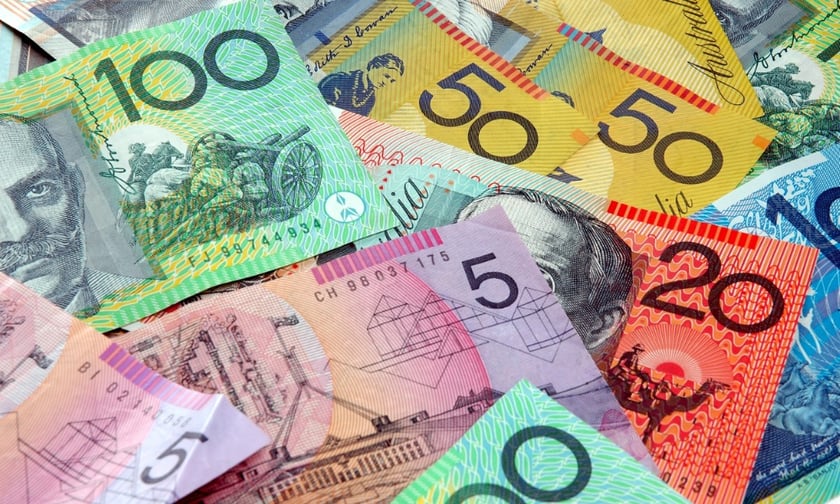

Consumer spending in Australia showed a modest increase in May 2024, driven significantly by spending on insurance, according to the latest CommBank Household Spending Insights Index (HSI).
The HSI rose 1.1% to 150.21, recovering from a 1.0% decline in April, amid ongoing spending volatility in 2024.
While May saw a rise, overall household spending has been tepid since January, averaging a monthly increase of just 0.1%. This is markedly lower than the 0.8% average monthly growth observed in early 2023.
The index revealed that insurance spending led the categories contributing to the annual increase, with a significant 8.6% rise.
Utilities (+7.1%), transport (+6.1%), and education (+6.0%) also saw notable increases over the year to May 2024. These essential categories highlight consumer prioritisation of necessary expenses amid a cautious spending environment.
By contrast, discretionary spending categories such as motor vehicle (+1.6%), recreation (+2.6%), communications and digital (+2.6%), and household goods (+2.8%) saw much slower growth over the past 12 months.
Regionally, all states and territories, except the Northern Territory, recorded positive growth in May. Queensland (+1.8%), Tasmania (+1.7%), and Victoria (+1.6%) led the month’s increases.
Annually, the Northern Territory (+5.7%) and Western Australia (+5.6%) showed the highest spending growth, while the ACT (+2.6%), Victoria (+3.7%), and New South Wales (+4.8%) saw softer growth rates.
CBA senior economist Belinda Allen commented on the subdued consumer environment despite the May uptick.
“Spending in May bounced back from April, which continued the spending volatility we have seen throughout the year. When looking at spending trends since January, however, we can see that the consumer spending environment remains muted, having risen by just 0.1% per month on average since January and driven in large part by spending on essential categories like insurance, utilities, and transport. This suggests that consumers are still needing to make spending choices and are prioritising essential purchases,” she said.
Allen addressed the anticipated impact of upcoming tax cuts, suggesting they are unlikely to significantly boost consumer spending.
“It is unlikely tax cuts commencing in the third quarter of 2024 will have a material impact on consumer spending and we are expecting households to save rather than spend their tax cut. Looking forward, the key for consumption will be growth in real household income, and the first quarter 2024 National Accounts data indicated this remains weak,” she said. “Assuming the labour market loosens and inflation continues to cool, we anticipate the RBA can commence an easing cycle in late 2024. The challenging inflation backdrop and a shift in household spending behaviour are the key risks to this base case.”
Comparing spending by age groups, the recent CommBank iQ Cost of Living Insights Report showed that Australians in their mid-to-late twenties are reducing their spending compared to other age groups.
